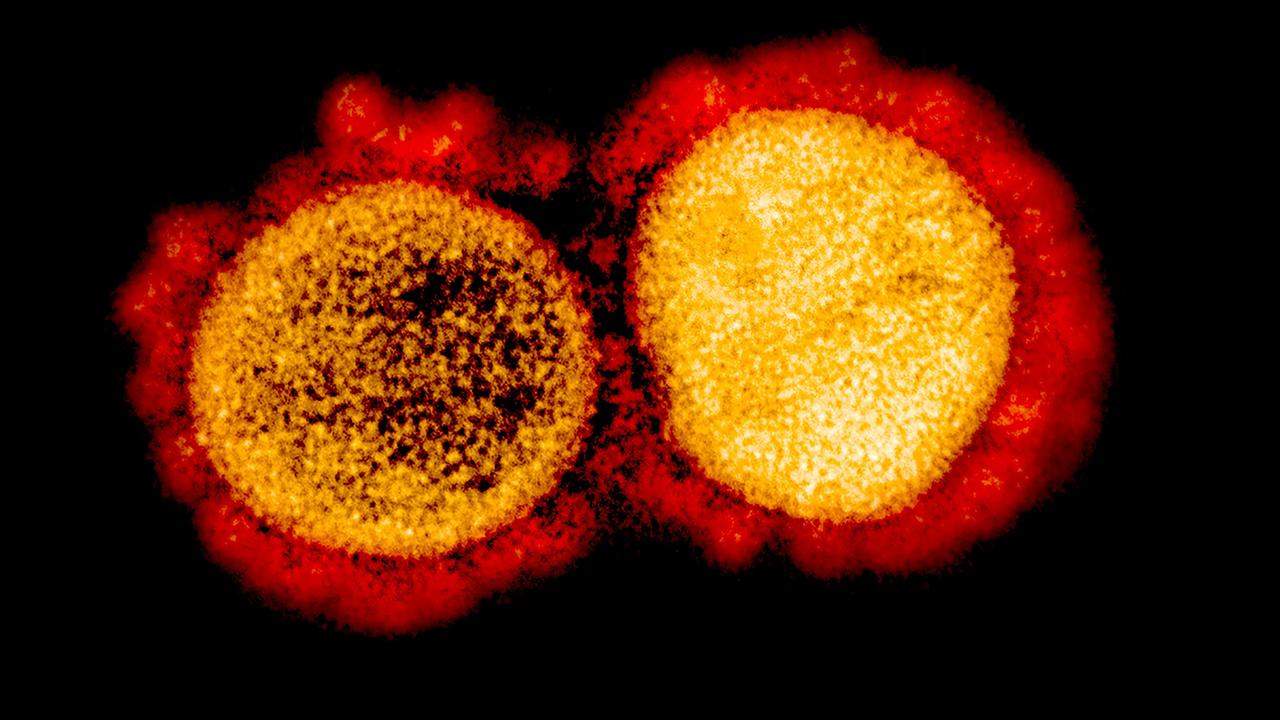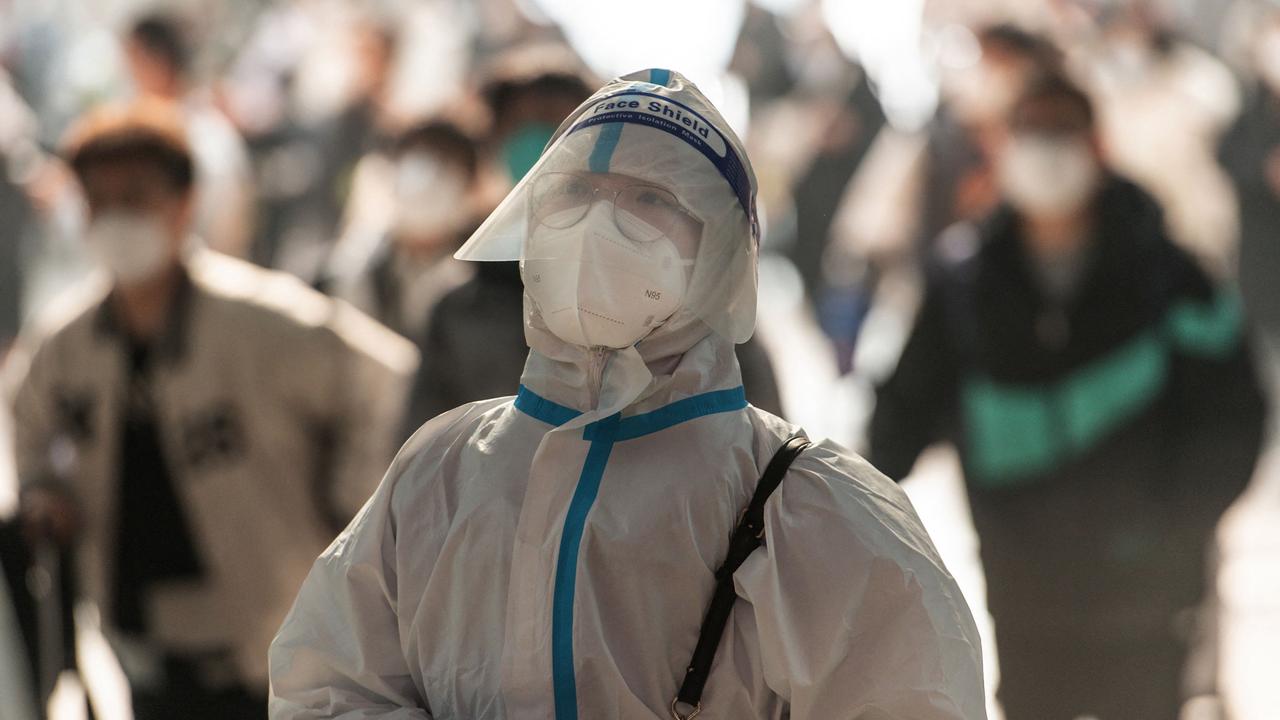Coronavirus China: Leaked database could expose real COVID-19 numbers
A “treasure trove” of raw data said to be from 230 different Chinese cities has been leaked – and it tells a very damning story.
Is Beijing lying in its COVID-19 reporting? Controversy swarms around its draconian censorship of the pandemic.
But a massive new data leak may contain the keys to the truth.
US global affairs magazine Foreign Policy has obtained a treasure trove of raw data assembled by China’s military-run National University of Defense Technology.
It purports to be an assembly of data collected by various government sources spanning 230 cities. While not complete, it is by far the most comprehensive look at the raw data Beijing has been basing its reporting on.
“It can serve as a valuable trove of information for epidemiologists and public health experts around the globe — a dataset that Beijing has almost certainly not shared with US officials or doctors,” the Foreign Policy article states.
RELATED: Follow the latest coronavirus updates
Very optimistic to imagine large-scale immunity in under two years
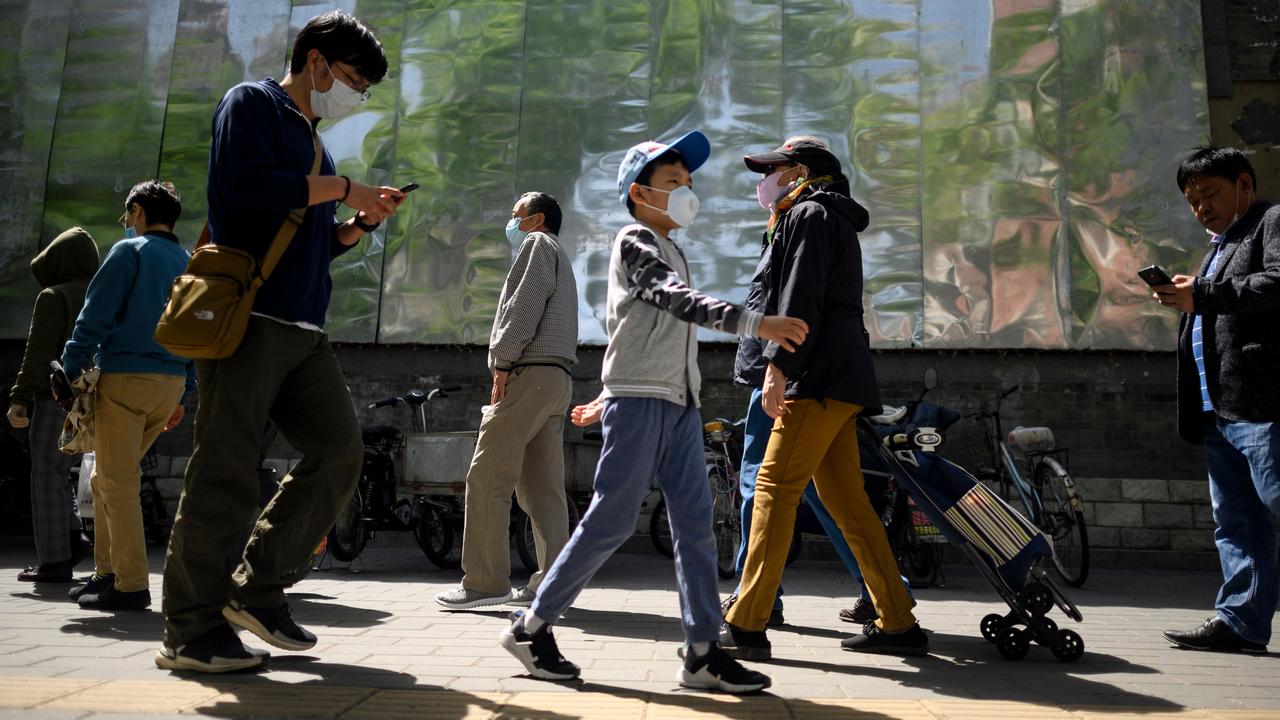
It’s not a complete dataset.
But it tracks some 640,000 COVID-19 cases across the country between early February and late April.
It records the map coordinates of hospitals, apartment blocks, hotels, supermarkets, restaurants, schools and places of worship. The number of cases linked to each location is listed. As are the numbers of those who had recovered, and those who had died.
Foreign Policy and co-publisher 100Reporters has not yet made the leaked database publicly available.
Instead, it says it is “exploring ways to make the data available for researchers studying the spread of the coronavirus”.
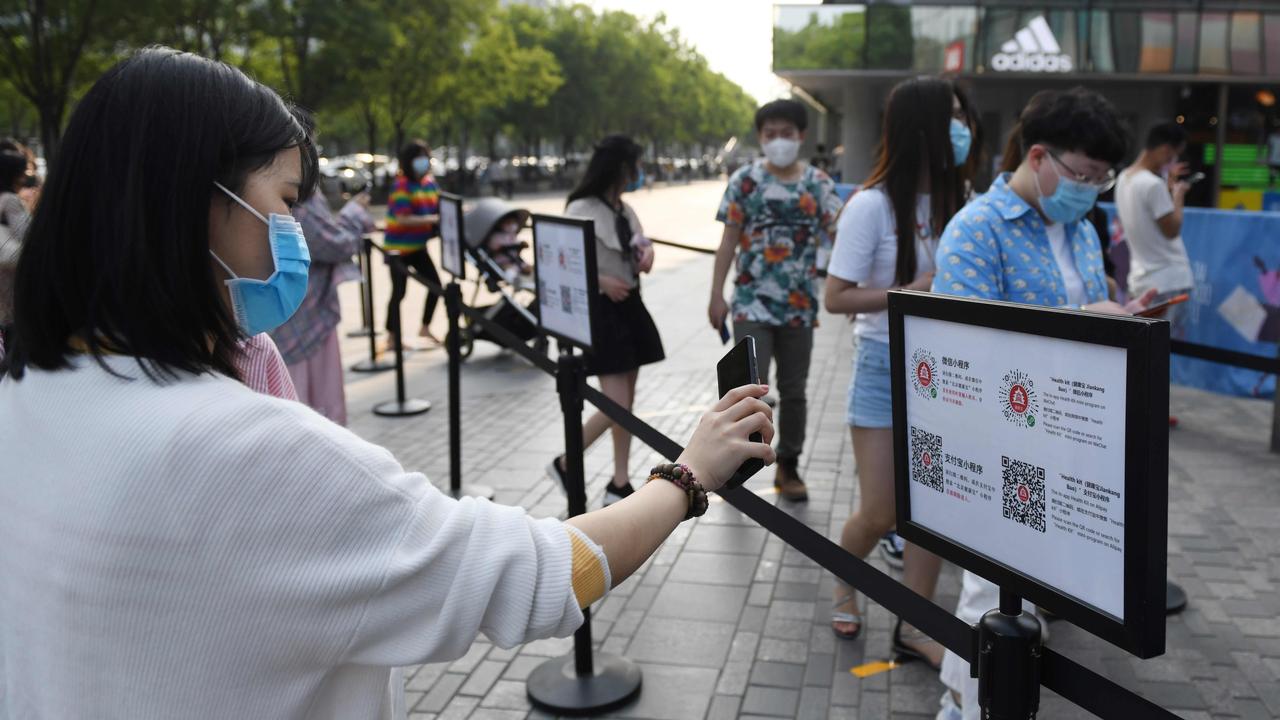
UNDER PRESSURE
As China was the first nation to experience a significant COVID-19 outbreak, it had an uphill task in organising the assembly of reliable data.
But, at the same time, the Chinese Communist Party (CCP) had long since imposed stringent surveillance and data collection practices over its enormous population. Not to mention institutionalised censorship.
All these aspects immediately flagged fears as the world anxiously watched developments.
“Unlike in other countries, China’s outbreak peaked before rigorous testing methods were widely available, and the Communist Party often manipulates data for political purposes,” the article reads.
Documentation has since revealed Beijing kept news of the new coronavirus secret from its people and the world for six crucial days in January.
Since then, the CCP has continued to strictly limit the amount and type of pandemic information it releases. And some of that data has raised eyebrows.
First, the early numbers, in particular, appeared to track textbook projection charts unusually accurately.
Typically, many “outlier” figures fall outside the average range. But epidemiologists noted Beijing’s numbers were strangely … polished.
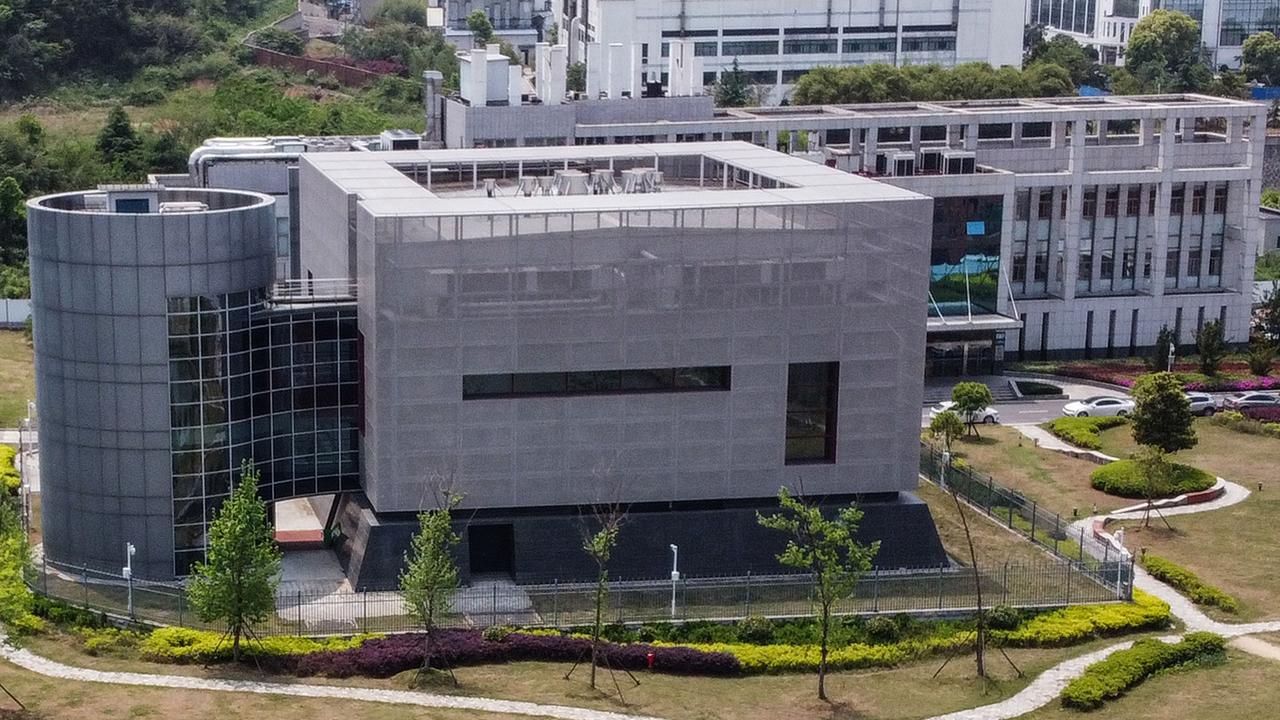
Then came the sudden revision of coronavirus deaths in April.
“Wuhan revised the number of coronavirus deaths from 2,579 to 3,869 — an increase of exactly 50 per cent,” Foreign Policy notes.
And 15-page international intelligence dossier given to The Daily Telegraph accuses Beijing of a massive cover-up.
“China deliberately suppressed or destroyed evidence of the coronavirus outbreak in an ‘assault on international transparency’ that cost tens of thousands of lives,” The Daily Telegraph reports the Five-Eyes alliance (Australia, Canada, the UK, US and New Zealand) dossier as concluding.
“It states that to the ‘endangerment of other countries’ the Chinese government covered-up news of the virus by silencing or ‘disappearing’ doctors who spoke out, destroying evidence of it in laboratories and refusing to provide live samples to international scientists who were working on a vaccine.”
RELATED: ‘Superspreader’ sparks second wave fears
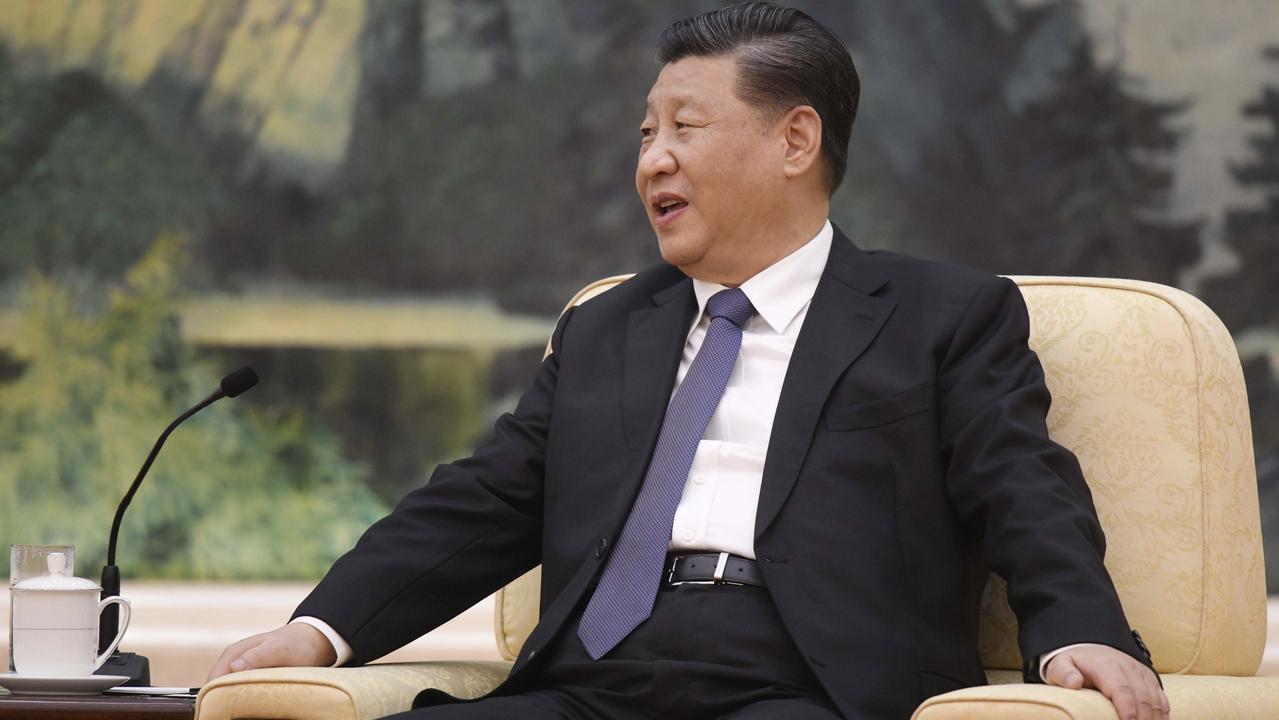
NUMBERS DIPLOMACY
Australia’s experiencing a fierce backlash from China for demanding an international inquiry into the origins of the COVID-19 virus, and how it spread.
It’s standard practice. It’s been applied to the emergence of most pandemic threats in recent decades.
But now Beijing has gone so far as to mobilise Australian billionaires to push back at Prime Minister Scott Morrison’s proposal.
Foreign Minister Marise Payne warned against any further attempts at “economic coercion” – but China has since moved to put bans on Australian meat and barley producers.
Why is Beijing displaying such intense sensitivity?
“Possibly because of bureaucratic errors,” Foreign Policy notes.
“And possibly because Beijing fears that outside researchers will learn of its extensive cover-up, destroying the narrative that an authoritarian nation like China is better equipped to protect its people against a pandemic.”
It’s not a new observation.
“In essence, the party wants to make the best out of a terrible situation and spin the story in favour of the party by deflecting blame, sowing doubts on its culpability, whipping up nationalism, and highlighting the superiority of the Chinese party-state,” China Policy Centre director Adam Ni said earlier this year.
But the need to learn from the outbreak to prevent a repeat performance in the future trumps any need for political spin, says Australian think-tank chief Michael Fullilove.
“Australia is right to propose an impartial, independent inquiry, and in the long run, it is in China’s interests to be able to throw light on the origins and spread of the virus,” the Lowy Institute executive director says.
CENSORSHIP CONTAGION
The battle to control public perceptions about the COVID-19 pandemic is not limited to China.
In the United States, doctors who criticised the lack of medical equipment were sacked. In Russia, several mysteriously fell from hospital upper-floor windows.
Several large US health providers formally warned their staff that speaking to the media would result in immediate dismissal. And the political backlash against crucial experts such as immunologist Professor Anthony Fauci and health official Dr Deborah Birx has been brutal.
“The numbers are coming down very rapidly – all throughout the country, by the way,” President Donald Trump insisted yesterday.
But the numbers don’t appear to support him.
Coronavirus Task Force figures – which were not intended to be made public – instead revealed a significant surge in several major cities and rural regions. As the number of cases begins to come down in hot-spots such as New York, COVID-19 is continuing its march into the American heartland.
That’s prime Trump supporter territory. And the US Presidential election is scheduled for November.
Jamie Seidel is a freelance writer | @JamieSeidel


